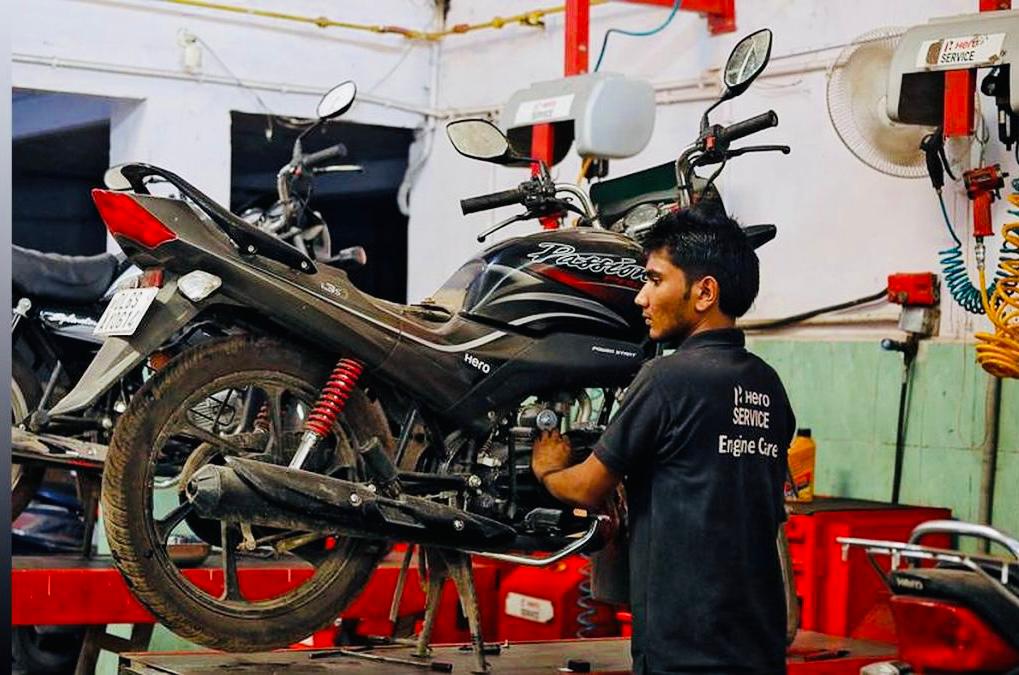India’s business activity grew at the fastest pace in three months in July due to strong demand, especially in the services sector, according to a survey, which also showed that companies hired at the fastest pace in 18 years.
The data showed continued growth in the private sector, which will receive incentives to improve skills and boost employment, according to the government’s first budget following the national election.
HSBC’s Flash India Composite Purchasing Managers’ Index, compiled by S&P Global, rose to 61.4 this month from June’s final reading of 60.9, marking a three-year expansion. The 50-level separates growth from contraction.
“The flash composite output index indicated continued strong growth in India’s private sector,” said Pranjul Bhandari, chief India economist at HSBC. “The progressive in output in July was driven by a further growth in business activity in the manufacturing sector, while the pace of inflation in services output also accelerated and remained well above its long-term average.”
The overall expansion was led by the core services industry, whose PMI rose to a four-month high of 61.1 this month from 60.5 in June. Increment in the manufacturing sector also remained strong with the factory PMI rising to 58.5 from 58.3 – the highest since April.
The report said favorable market conditions, encouraging customer interest and advanced technology helped improve private sector activity. Both new business and manufacturing orders in the services industry remained strong. Job creation grew at the fastest pace since April 2006, supporting overall business confidence earlier in the quarter, which fell to a seven-month low in June.
“After softening in business confidence in June, companies became more optimistic in July,” Bhandari said.
“We note that input cost inflation rates remain high in both regions, which has prompted companies to raise selling prices.” Meanwhile, duty prices rose at the fastest pace in 11 years, but strong demand allowed companies to pass on higher input costs from higher material, transportation and labor prices to their customers.
Higher prices could cloud the Reserve Bank of India’s interest rate outlook, which is focused on returning inflation to its 4% medium-term target. At present, the central bank is expected to cut its key policy rate in the next quarter.




